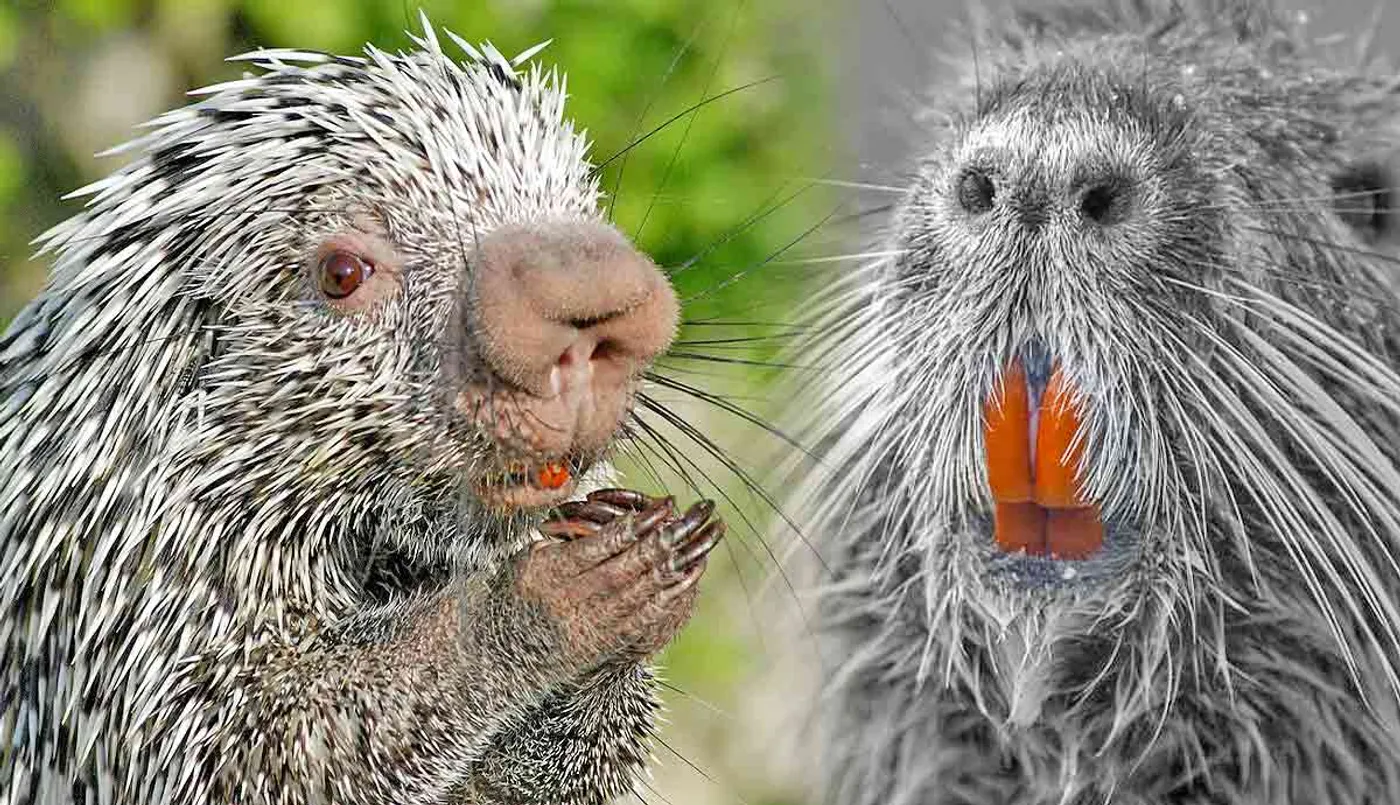North American Predators: A Closer Look at Nature’s Apex Predators

North America is home to a diverse range of wildlife, including some of the most fearsome predators on the planet. These apex predators play a crucial role in maintaining the delicate balance of the ecosystem. In this article, we will delve into the fascinating world of North American predators, exploring their characteristics, habitats, and unique hunting techniques that have allowed them to thrive in their environments.
The Mighty Grizzly Bear: Ruling the Wilderness
The grizzly bear, or Ursus arctos horribilis, is an iconic symbol of the untamed wilderness. These majestic creatures are primarily found in the northern regions of North America, including Alaska and parts of western Canada. Known for their immense size and strength, grizzly bears are at the top of the food chain in their domain.
Unlike some predators, grizzly bears are not strict carnivores. Their diet includes a variety of foods, such as fish, berries, roots, and even small mammals. This omnivorous diet allows them to adapt to different seasons and ensures their survival in changing environments.
The Cunning Gray Wolf: Masters of Teamwork
Gray wolves, scientifically known as Canis lupus, are legendary pack hunters that roam across vast territories in North America. These highly social animals live in close-knit family groups, known as packs, and each pack is led by an alpha male and female.
Their cooperative hunting techniques are a testament to their intelligence and communication skills. By working together, wolves can take down prey much larger than themselves, ensuring a steady food supply for the entire pack. Unfortunately, due to historical misconceptions and habitat loss, gray wolf populations have faced significant challenges in the past, but conservation efforts have been successful in restoring their numbers.
The Stealthy Mountain Lion: Ghosts of the Rockies
The mountain lion, or Puma concolor, is an elusive and solitary predator that inhabits various regions across North America, from the western mountains to the Florida swamps. These solitary creatures are known for their exceptional stealth and agility, making them highly efficient hunters.
Unlike wolves that hunt in packs, mountain lions prefer to rely on their solitary nature and ambush tactics to surprise their prey. They are opportunistic feeders and have a diverse diet, ranging from deer and elk to smaller animals like rabbits and rodents.
The Majestic Bald Eagle: Rulers of the Skies
The bald eagle, or Haliaeetus leucocephalus, is not only a symbol of the United States but also a powerful aerial predator. With their impressive wingspan and keen eyesight, bald eagles are unmatched hunters of the skies. These birds of prey primarily feed on fish, using their sharp talons to pluck them from the water’s surface.
Bald eagles are known for their exceptional ability to soar at great heights, scanning the landscape below for potential prey. Despite their imposing appearance, they are not above scavenging and will readily steal food from other birds or mammals when the opportunity arises.
The Resourceful Coyote: Surviving Against All Odds
The coyote, or Canis latrans, is a highly adaptable predator found throughout North America, from deserts to forests to urban areas. Their remarkable ability to survive and thrive in diverse environments is a testament to their resourcefulness and intelligence.
Coyotes are opportunistic hunters and scavengers, consuming a wide range of foods, including small mammals, birds, fruits, and carrion. In recent years, they have become increasingly prevalent in urban settings, where they have learned to coexist with humans and exploit the resources available in these environments.
Conclusion: Respecting and Preserving the Balance
North American predators play a vital role in maintaining the ecological balance of their respective habitats. From the grizzly bear’s raw power to the coyote’s adaptability, each species has developed unique traits that allow them to survive and thrive in their environments.
As humans, we must respect and preserve the delicate balance of nature by safeguarding these magnificent creatures and their habitats. Conservation efforts, sustainable practices, and education are essential in ensuring the continued existence of North American predators, so future generations can marvel at the beauty and importance of these apex predators. Let us embrace our role as stewards of the environment and work together to protect these awe-inspiring creatures for generations to come.






